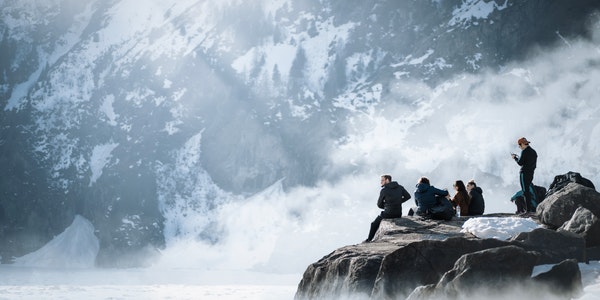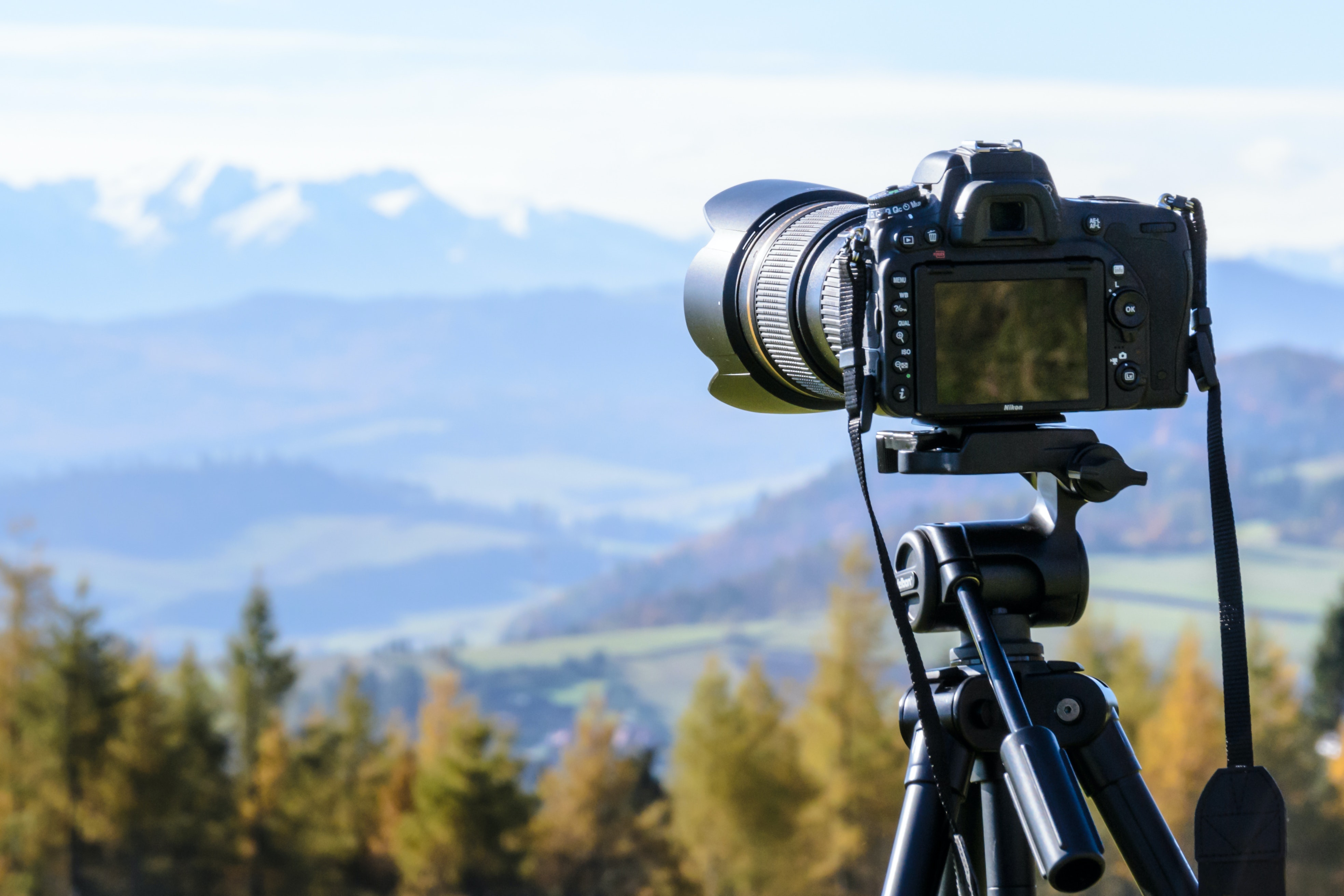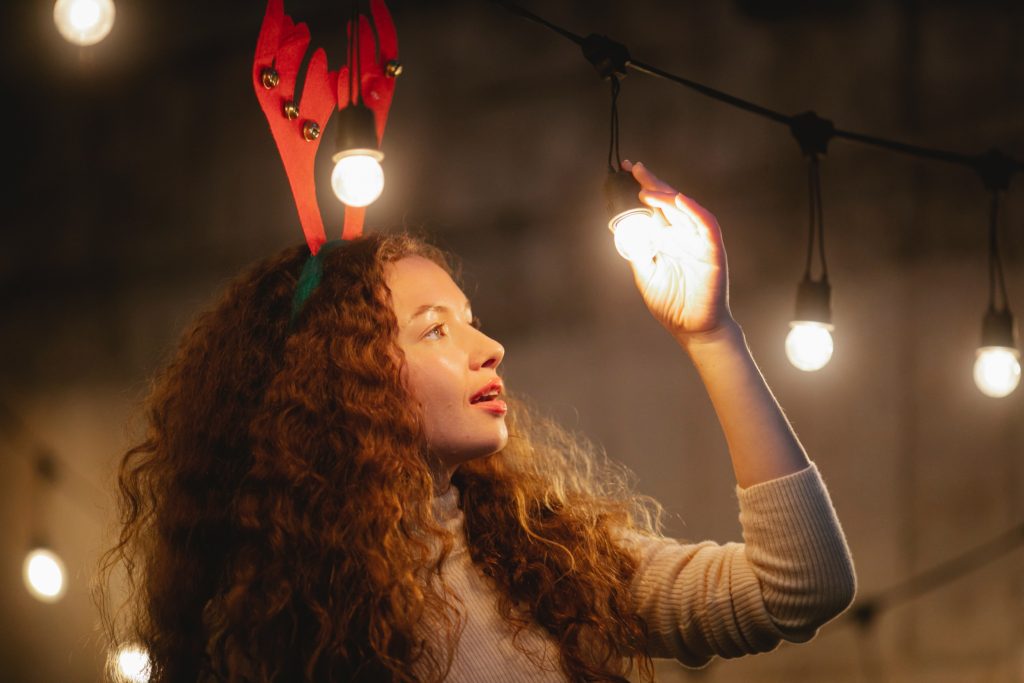Many beginners of photography always have questions of this or that kind. Today I will summarize the 10 photography knowledge that beginners of photography most often ask. These 10 photography knowledges are: what is focal length, what is aperture, what is depth of field, how to control the shutter, how to compose a picture, how to use light, how to focus, the prime time of shooting, the elimination of shadows, and the improvement of aesthetics.
Table of Contents
1. Focal length
You don’t have to look at the official terms when you understand the focal length. Few people can understand and understand that. You only need to understand the focal length as: how far or wide a lens can shoot. The smaller the number, the shorter the focal length, and the wider the viewing angle; the larger the number, the longer the focal length, and the narrower the viewing angle.
For example: a 300mm focal length lens, its viewing angle is only 8°; while an 8mm ultra-wide-angle lens, its viewing angle is 180°. Generally, a lens with a focal length of 24mm or less is suitable for shooting landscape subjects; and a lens with a focal length of 50mm and 85mm is suitable for shooting portraits.

2. Aperture
The aperture is a light hole formed by overlapping small blades inside the lens. The aperture can adjust the amount of light received by the image sensor according to the degree of opening and closing. For example, if the aperture is opened, a lot of light can pass through; if the aperture is reduced, the amount of light can be limited. Aperture is generally represented by “F”, and the number behind F represents the size of the aperture. The larger the number behind, the smaller the aperture; the smaller the number, the larger the aperture.
In addition, the aperture also affects the depth of field of the photo. The larger the aperture, the shallower the depth of field is, the more blurred the background of the photo. The smaller the aperture, the deeper the depth of field is, the clearer the background of the photo.
3. Depth of Field
The explanation of the professional term of depth of field is: the front and back distance range of the subject measured when the front of the camera lens can obtain a clear image is actually the degree of clarity between the subject and the background.
In addition, there are three factors that determine the depth of field, namely: the size of the aperture, the distance of the shooting distance, and the length of the lens focal length. Next, let’s talk about how these three factors affect the depth of field.
①Aperture size
The larger the aperture, the shallower the depth of field, and the smaller the aperture, the deeper the depth of field.
②The shooting distance
The closer the subject is to the lens, the shallower the depth of field; the further away the subject is from the lens, the deeper the depth of field.
③The length of the focal length
The longer the focal length, the shallower the depth of field, and the shorter the focal length, the deeper the depth of field.

4. Shutter speed
In simple terms, the shutter speed indicates the length of time the light illuminates the image sensor. Generally speaking, the size of the aperture determines how much light can enter the camera at the same time; the shutter speed determines how long the sensor is exposed. Shutter speed: the smaller the denominator, the slower the shutter, and the larger the denominator, the faster the shutter. For example, if the shutter speed is 1/3 second, it means the exposure time is 1/3 second, and the exposure time is very long. The shutter speed is 1/200 second, which means the exposure is two hundredths of a second, and this exposure time is very short.
Shooting the same subject with different shutter speeds will produce different effects. For example, the waterfall photo below. The photos taken with a high-speed shutter are full of vitality, while the photos taken with a low-speed shutter fully show the flow of water, creating a tranquil atmosphere.
5. Focus
Focusing is the process of changing the distance and distance of the object through the camera focusing system, so that the image of the subject is clear. In order to help you master the focus, the following will explain the focus knowledge one by one.
①Single auto focus: This focus mode is suitable for shooting stationary objects. When the lens is aimed at the subject and half-press the shutter, the camera will focus once.
Single-servo mode is suitable for shooting stationary subjects
②Continuous AF: After pressing the shutter halfway to focus, the camera will lock the target or the focus area. Once the focus distance between the target and the camera changes, the camera will automatically focus again. Continuous autofocus is best for shooting targets in motion, such as sports photography, wildlife photography, and car commercials.

Continuous autofocus is suitable for shooting moving subjects
③Intelligent auto focus: This mode combines single focus and continuous focus. After half-pressing the shutter, the subject at the focus can be locked for a single focus, and the subject can also be switched to continuous auto focus for tracking shooting when the subject is moving, suitable for shooting sports Objects in a more random manner.
Intelligent auto focus is a combination of single focus and continuous focus
④Manual focus: Manual focus is a way to adjust the camera lens by manually turning the focus ring to make the captured photos clear. The letters AF (Auto Focus) stand for auto focus, and MF (Manual Focus) stand for manual focus. The manual focus function is particularly effective when shooting macro photography, special effects shooting, or shooting in dim environments.
Set the focus mode switch on the AF lens to “MF”
6. Composition
Although many people now say “how to look good and how to shoot, you don’t have to worry about the composition”, but you still can’t ignore the role of composition. Especially those basic composition techniques, which are the foundation of composition, no matter how you want to shoot in the future, you need these basic composition techniques to support. Here are some of the most basic composition methods to help you consolidate the foundation.
①Fun Center composition
When composing the picture, the horizontal and vertical of the picture are divided into three equally, and the intersection of each line is called “Fun Center”. When we appreciate or look at a photo, the first place our eyes notice is the “Fun Center”, so when taking pictures, try to arrange the subject of our own photography in the Fun Center.
②Diagonal composition
Diagonal composition is very flexible, whether it is landscape photography or portrait photography, diagonal composition is more used. The diagonal composition can attract the audience’s attention, draw the audience to see the whole picture, and also make the picture flexible.
③Middle composition
The center composition is very simple, that is, place the subject in the middle of the frame. Although this composition is very dull, nothing new. But this kind of composition is very useful when shooting buildings or small objects. For many novices who can’t compose, the center composition is the most secure composition method.
④Frame composition
Framed composition can create a sense of occlusion and effectively focus the audience’s attention, which is very popular. In addition, the audience can also feel the photographer’s point of view, which helps the viewer and the photographer have a common experience of the scene being shot. And frame composition is not only the use of windows, there are many objects that can be used in life.

7. The use of light technology
It is said that photography is an art of using light. Using light is not only a basic skill, but also an important content that reflects the level of photographers. Next, I will talk about the skills of using light.
- Forward light
Forward light means that the irradiating direction of the light is the same or basically the same as the shooting direction of the camera, and there is no obvious light-dark relationship in the composition of the picture. Forward light makes the brightness of the subject even and soft. However, the photos taken by Shunguang are very ordinary, which leads to the lack of three-dimensional and shaping sense of the picture. Forward light can show the shape and color of the subject to be shot very well. If you are not very accurate with the light, then it is recommended that you try to shoot with forward light.
② Side light
Any light from 45 degrees to 90 degrees from the left and right sides of the subject can be generally called side light. The side light is ever-changing. As long as you slightly change the angle of the light source when shooting, you can create a completely different effect for the entire photo and add drama.

③ Backlight
From the light ratio, the subject and the background are in a dark place or 2/3 of the area is in a dark place, so the light ratio between light and dark is large, and the contrast is strong. From the perspective of light effects, backlighting produces contour light for opaque objects; transmission light for transparent or semi-transparent objects; flashing light for liquids or water surfaces. It can make the picture produce an artistic effect completely different from the actual light that our naked eyes see in the scene.
④ Top light
The light shining down from the top of the subject, in the outdoors, the most common time to encounter the top light is about 11 am to 3 pm. When shooting under top light, shadows are likely to be formed in the middle of the nose and the neck of the person, which is not very attractive.
8. Prime time
People often ask which time is the best time to take pictures. In fact, there is no such thing as “best time to take pictures,” because you can take photos with different styles at any time of the day. But there is the term “golden photo time”, which refers to one hour before sunrise and sunset. At this time the sun has just risen or is about to set, the light at this time is very soft, very suitable for taking pictures.
9. Eliminate shadows
If the shadows are used well to enhance the three-dimensional sense of the photo, if they are not used well, the picture will become very uncoordinated. Especially when taking portraits, if there are too many shadows, a “yin and yang face” will appear. So when you take portraits, you can use flash or reflectors to fill up the dark parts of the characters.
10. Improve aesthetics
Photography skills can be taught by others, but aesthetics cannot be taught by others. This requires continuous improvement in life. And aesthetics is also the most difficult thing for you. Many people have studied photography for a few years and the photos taken by them are still not good. The problem lies in the aesthetics. It is recommended that while learning photography, everyone should appreciate excellent photographic works and learn their creativity, beauty and so on.
